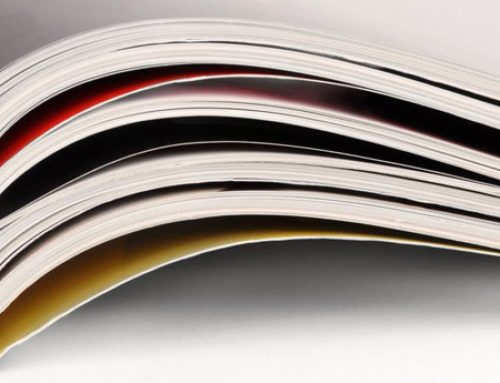Introduction
Since the Syrian conflict erupted in March 2011, the United Nations High Commissioner for Refugees (UNHCR) recorded the number of Syrian refugees registered in Lebanon, as of December 2016, to have reached 1,011,366, making Lebanon a country with the highest refugee population per capita approaching 2:1.1 In addition, close to 27% of households among the displaced Syrian population count at least one member with a specific need such as a chronic disease or disability. More than 50% of the children are deeply traumatized.2 Most refugee camps struggle to access primary care services, and the lack of doctors willing to commit to that particular practice makes it even harder to provide camps with appropriate care.3 In response to those distinctive needs of refugees, some non-governmental organizations try to provide these camps with volunteer doctors that are recognized as “refugee camp doctors”.
Nowadays, most modern medical curricula are based on clinical experience that is learned in an almost “ideal setting”. At the hospital or the clinic, medical students and residents will take patients history, perform physical exams, order a workup or start treatment, while issues related to finance, gender, politics or even climate are rarely taken into consideration in their routine. However, when practicing as a refugee camp doctor, one discovers that those factors become part of the main elements that constitute medical practice. The experience gained in the field is somehow different from that offered by the traditional medical education. As a remedy, the adoption of a novel approach that promotes new medical skills is required. Hence, this perspective aims to describe the experience of both authors as volunteer camp doctors and to stress the added value to their medical curriculum. It also identifies the skills that are needed to address the challengesencountered under precarious field conditions adequately.
Source: PubMed

